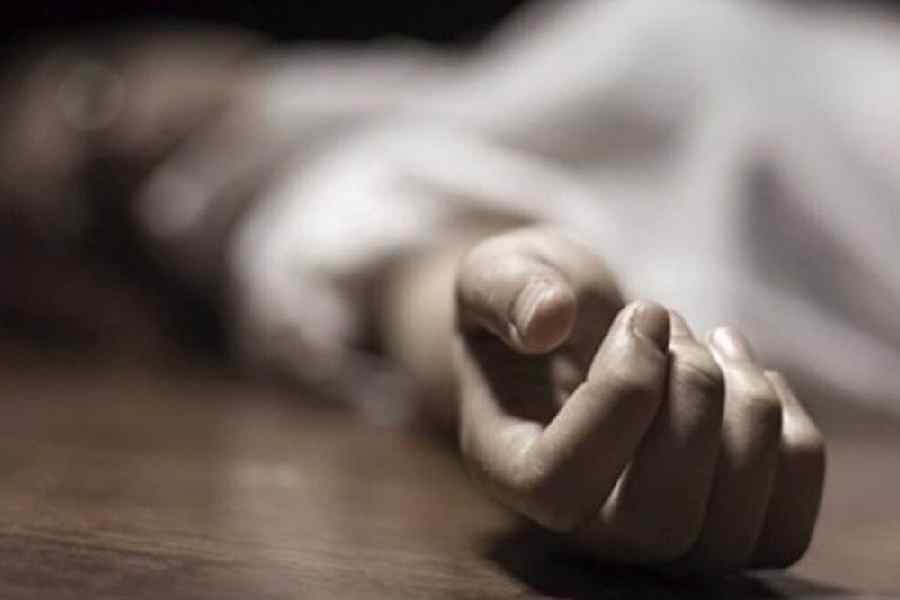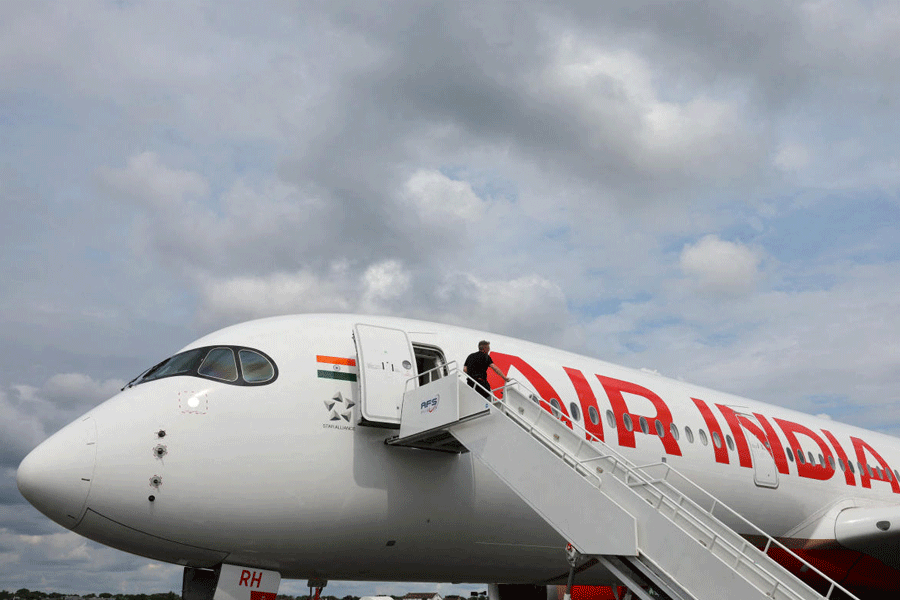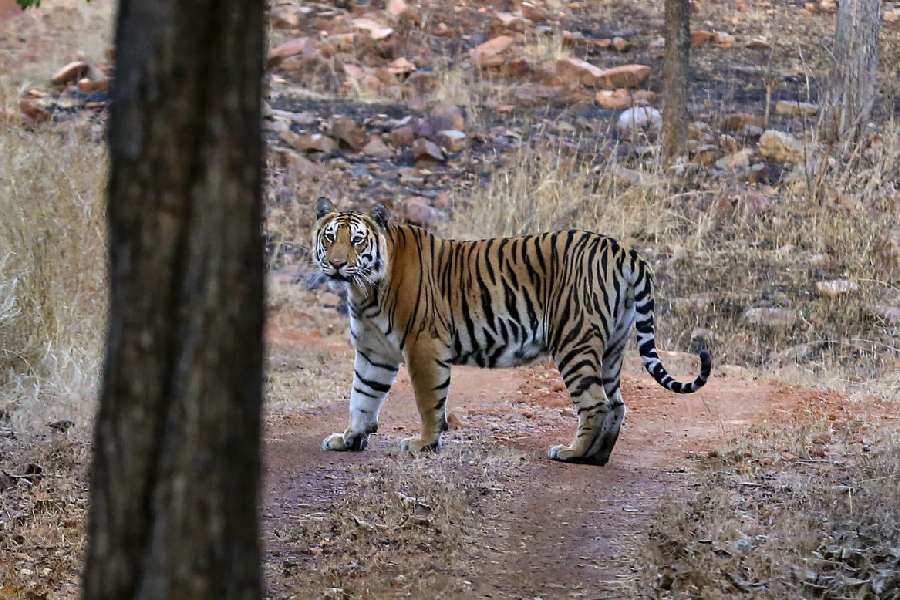 |
| Idols of Radha-Krishna at the Bangiya Nimbark Ashram |
A quiet monastery amidst the concrete jungle of multistoreyed buildings, the Bangiya Nimbark Ashram has the IIEST a little further down and the busy Shalimar station in its vicinity.
On Janmashtami, devotees gathered in the evening to sing devotional songs and kirtans at the central Radha Krishna temple of the Bangiya Nimbark Ashram.
Preparations started two days in advance when the wooden throne was painted. The deities are prepared in finery and the temple is decorated with flowers from Janmashtami morning. The prayers started at midnight and an elaborate arrangement of fruits, sweets, butter and sugar were prepared for the deity.
The Nimbark Ashram is a familiar place for local people and to those who are devotees of this Vaishnavite order. Many like to come to this ashram with its huge open courtyard and with the Radha-Krishna temple in the middle.
Radha Krishna is known as Radha Behariji here. Locals call it the Kathia Baba Ashram, since it was established by Santadas Kathia Baba, the 55th descendant of the Nimbark order.
 |
| An evening of kirtans at the ashram on Janmashtami. Pictures by Gopal Senapati |
The Radha Krishna temple was established in 1933 and local people believe that their wishes will be fulfilled here. Many also believe that miracles happen here.
Devotees and disciples of Swami Santadas Kathia Baba wanted to start an ashram in Howrah, after the original one in Vrindavan. “When he visited Calcutta or Howrah, Santadas Maharaj would stay at his disciples’ homes in Howrah. It was then decided that an ashram would be built for him.
It was initially set up at Shalimar’s Bharpara Road where Santadas Maharaj would often visit and stay. However, he later suggested that a bigger ashram be made with a temple so that other monks of the order could also stay,” said Joydeb Kumar Sarkar, the secretary of the ashram.
Devotees like Prafulla Kumar Gupta, Birendra Kumar Dey, Nrisingha Das Basu and others bought a three bigha 10 cottah plot on College Road and Krishnendu Chandra Majumdar, another devotee, made the plan for the ashram.
The idols of Radha and Krishna came from Jaipur in Rajasthan. The temple was consecrated on Basanta Panchami in 1932.
Inside the temple, there are idols other than those of Radha-Krishna and Gopal. Hansa Bhagavan, an incarnation of Vishnu, is seated on a pedestal and Nimbark Bhagavan, the first guru of the Nimbark order, is seen seated below. Scenes from Krishna’s life are painted on the walls inside the temple.
The day after Janmashtami is celebrated as Nandotsav. An elaborate afternoon meal is prepared for devotees and other visitors that day. Steamed rice, sukto, vegetables, and payesh and taler bora are offered to the deity before being distributed among the common people.
“The most popular festival in this ashram is Jhulan. Gopalji is brought out of the sanctum sanctorum and is placed on a swing. A mela is arranged on the premises for four days and everyone gets to have the khichri prepared here,” said Gourav Bhanja, a devotee.










